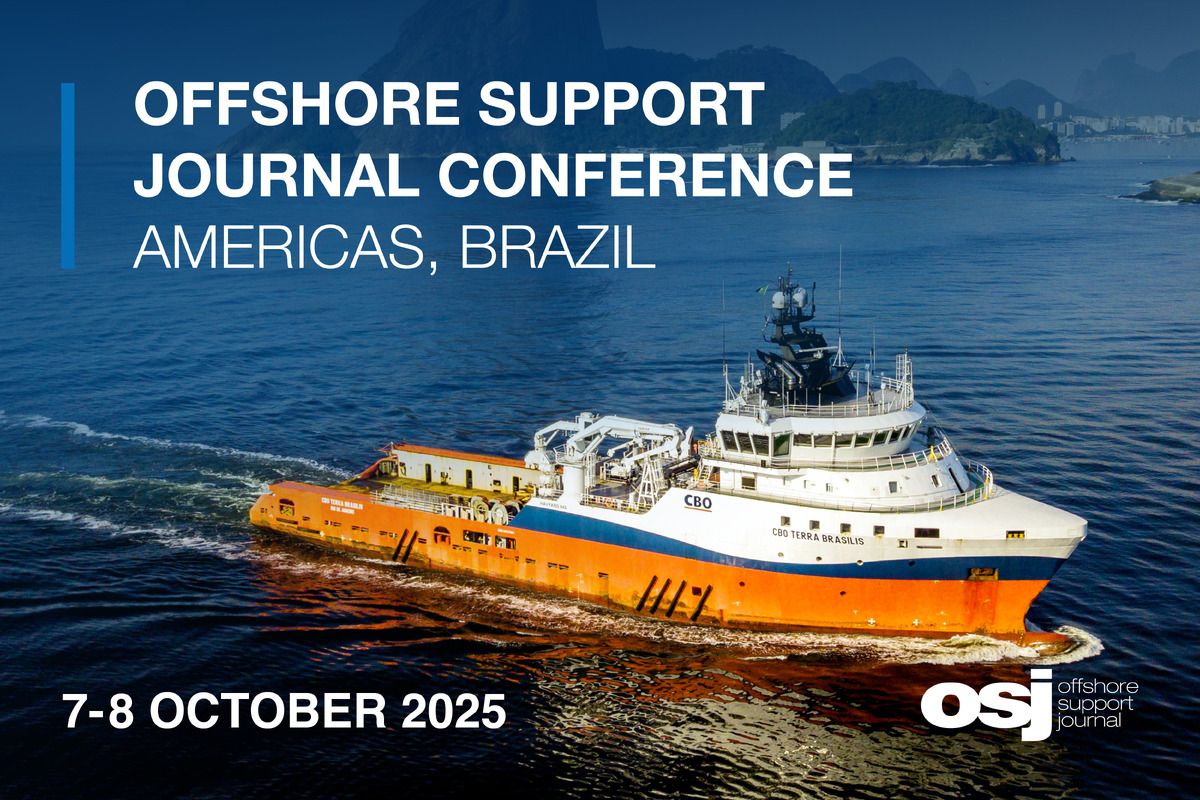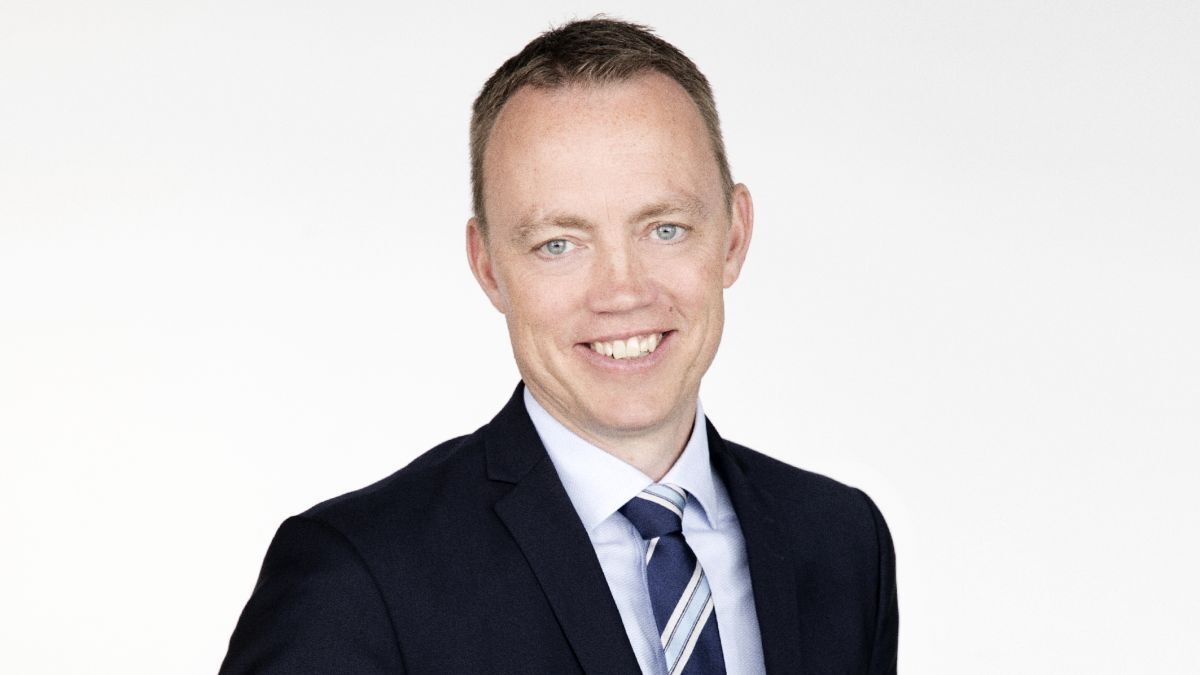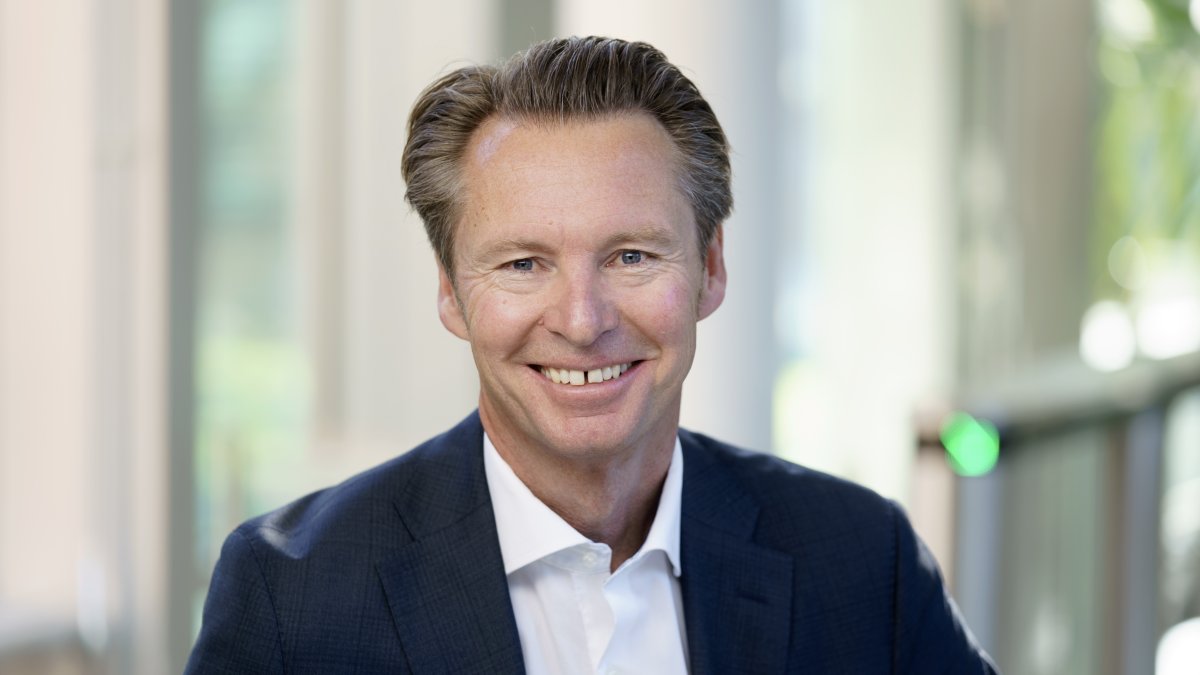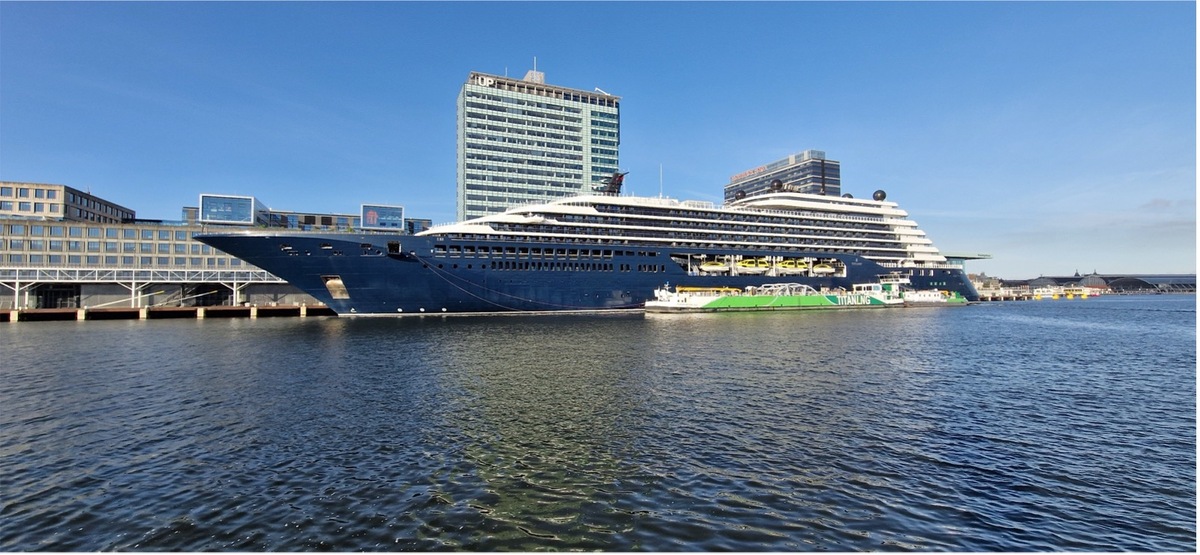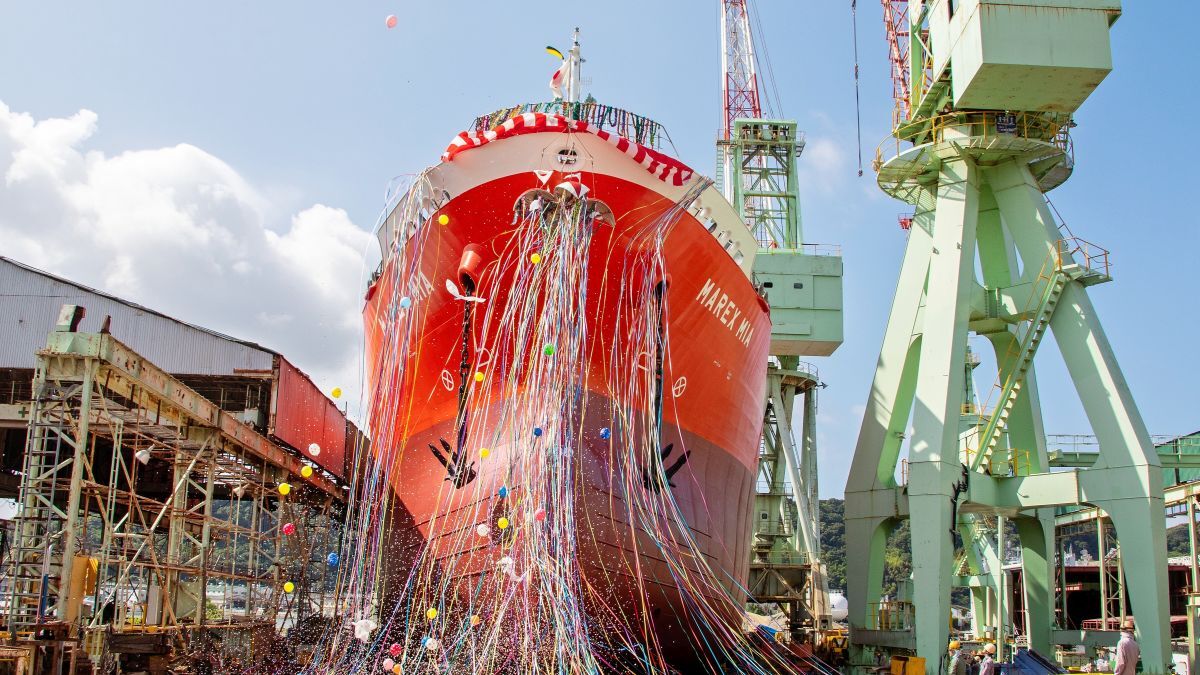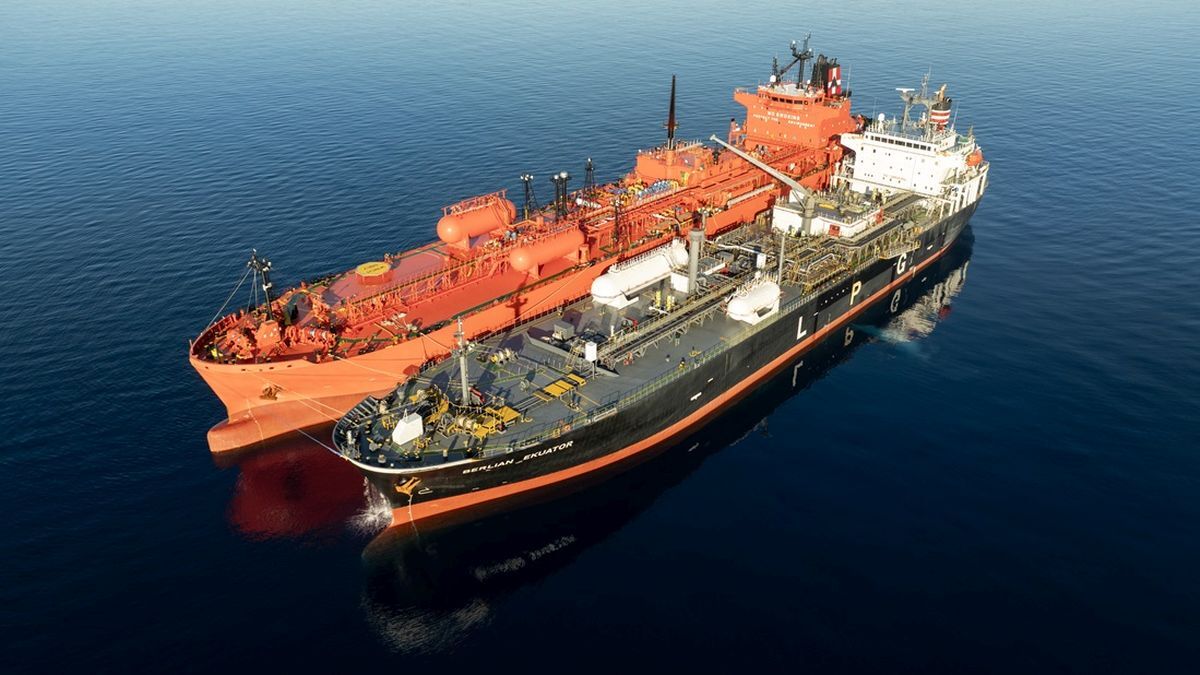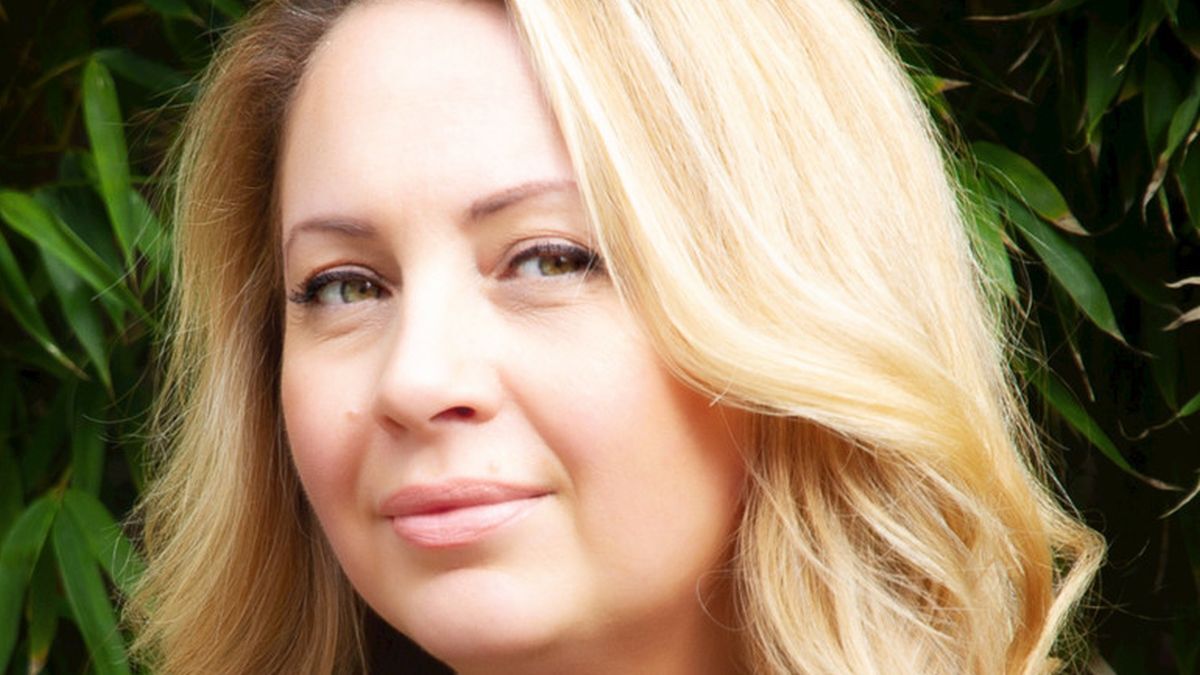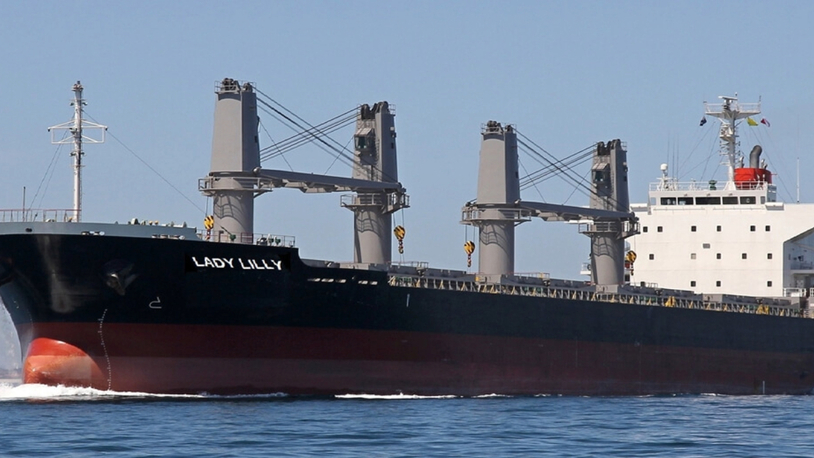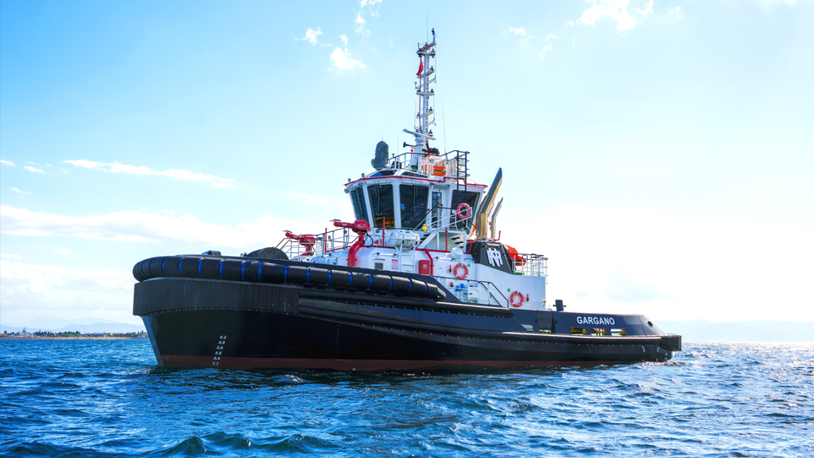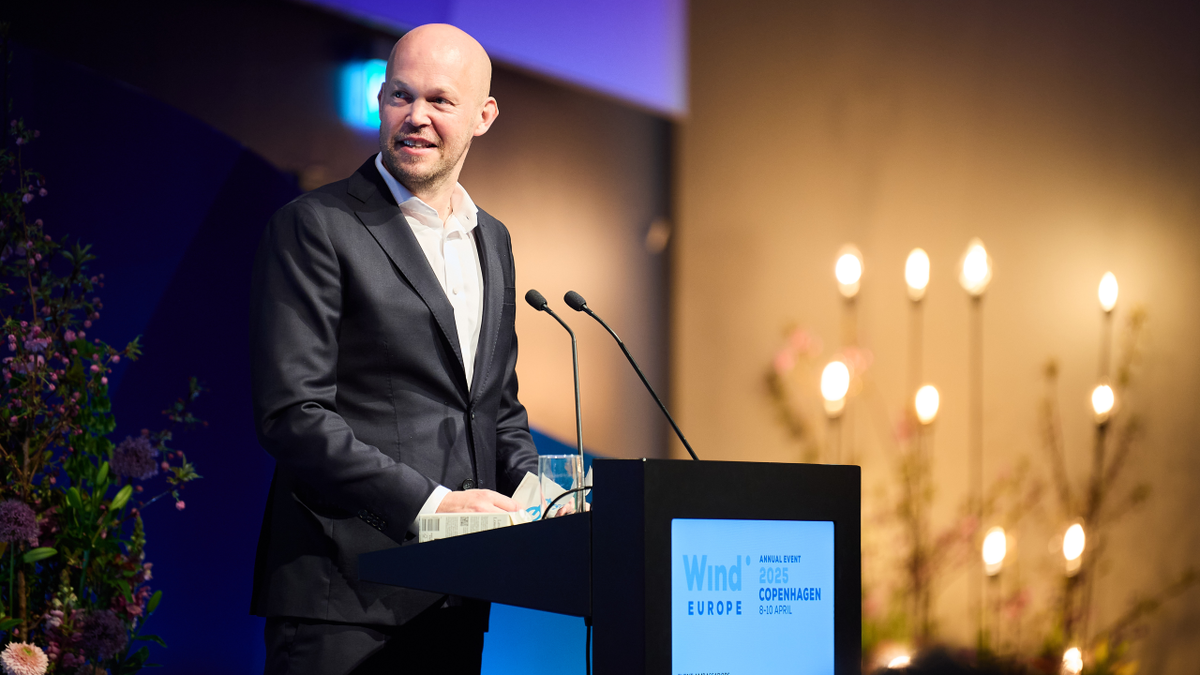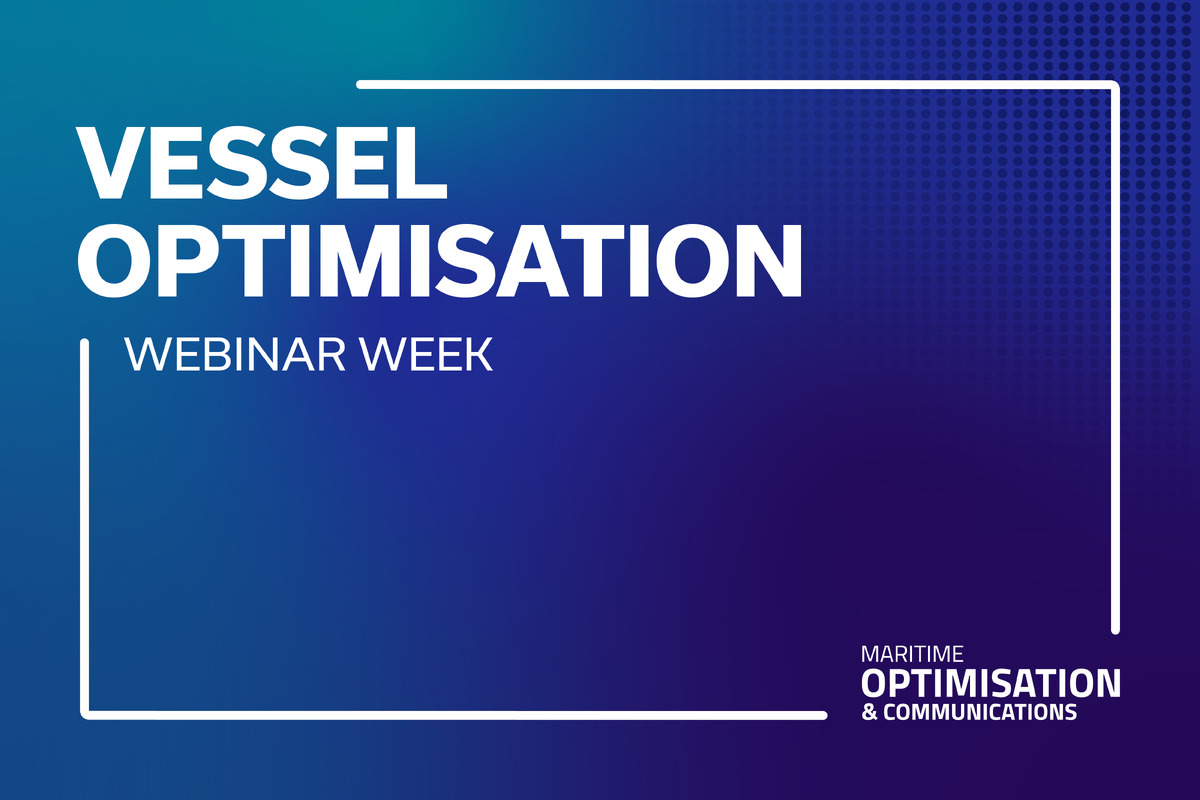Business Sectors
Events
Contents
Register to read more articles.
Converting tugs to run on biofuels
Svitzer will retrofit 10 tugs to run on biofuels in the Netherlands and has ordered a battery methanol hybrid tug, while Herman Sr plans to trial algae-derived fuel
Danish tug owner Svitzer is upgrading its fleet with newbuilds, retrofitting vessels and performing drydockings as it increases revenues and earnings, while reducing emissions from its operations, which are particularly intensive in Europe.
The Copenhagen-headquartered owner of 450 vessels providing port and marine services expects to invest up to Dkr1.1Bn (US$0.164M) in capital expenditure during 2024, including Dkr400-500M in growth activities and Dkr500-600M in fleet renewal, dockings and other capex.
Part of this will be spent on tugs working in the Netherlands, to introduce biofuels to reduce Svitzer’s environmental footprint in the region. “To further progress our environmental ambitions, we are diversifying our decarbonisation solutions,” says Svitzer chief executive Kasper Friis Nilaus. “We have initiated the conversion of 10 tugs in the Port of Amsterdam to biofuel to be completed during Q3 2024. This follows the successful conversion of three tugs in Sohar Port, Oman, to biofuel earlier this year.”
Svitzer was a first mover in the use of biofuels, especially hydrogenated vegetable oil (HVO) in the UK, where around 50 tugs run on this low-emissions fuel. However, Mr Nilaus says it is “down-scaling HVO use in the UK as a response to HVO price increases.”
The Nasdaq Copenhagen-listed owner is again a first mover, as in July it an ordered a battery methanol hybrid tug. “This new tug, primarily powered by batteries, will be the first of its kind globally,” says Mr Nilaus. “We want to continue to be an ESG-leading company in the towage industry.”
In Svitzer’s latest financial report, the global owner said gross capex should range from Dkr900M–1,100M in 2024. During H1 2024, Svitzer delivered adjusted earnings before interest, taxes, depreciation, and amortisation (EBITDA) of Dkr968M, up from Dkr839M in the first six months of 2023. This was driven by increased activity and higher prices across the group, offsetting inflationary cost pressures across the industry.
Svitzer’s group revenues increased by Dkr306M, or 11%, to Dkr3,138Bn in H1 2024, with revenue rising from terminal towage by Dkr138M and harbour towage by Dkr178M following contract awards in Europe and Australia.
Revenue gains were partially offset by rising vessel and fuel costs, particularly in Europe, where Svitzer is paying higher vessel charter costs, mainly in the UK, to cover for tugs out of service for dockings, and higher spending on maintenance, repairs and on biofuels.
Capex in H1 2024 was Dkr483M, including Dkr282M of investments in growth projects, Dkr15M for fleet renewal and Dkr186M for drydockings. Most of this capex (Dkr309M) was in Q2 2024, when Svitzer completed its demerger from AP Møller-Mærsk, secured a five-year contract with the Panama Canal Authority and extended its contract with Smit Lamnalco for harbour towage across four ports in Australia.
“We continued our solid financial and operational performance in Q2 2024 with revenue growth of 12% and a 15% increase in adjusted EBITDA,” says Mr Nilaus. “The performance is based on our diversified global footprint, which provides stability and allows us to capture growth opportunities across geographies.”
In Q2 2024, Svitzer secured revenue of Dkr1,583M, up from Dkr1,408M in the same period of 2023, and adjusted EBITDA of Dkr482M, driven by the revenue growth, leading to a margin of 30.4%.
Svitzer Europe’s Q2 2024 revenue increased 13% in comparison with Q2 2023, driven by tariff increases, increased activity in harbour towage in Scandinavia and beginning terminal-towage contracts in H2 2023 in the UK and Greece. The company’s highlights in Europe included ice-breaking services performed in Scandinavia during Q1 2024.
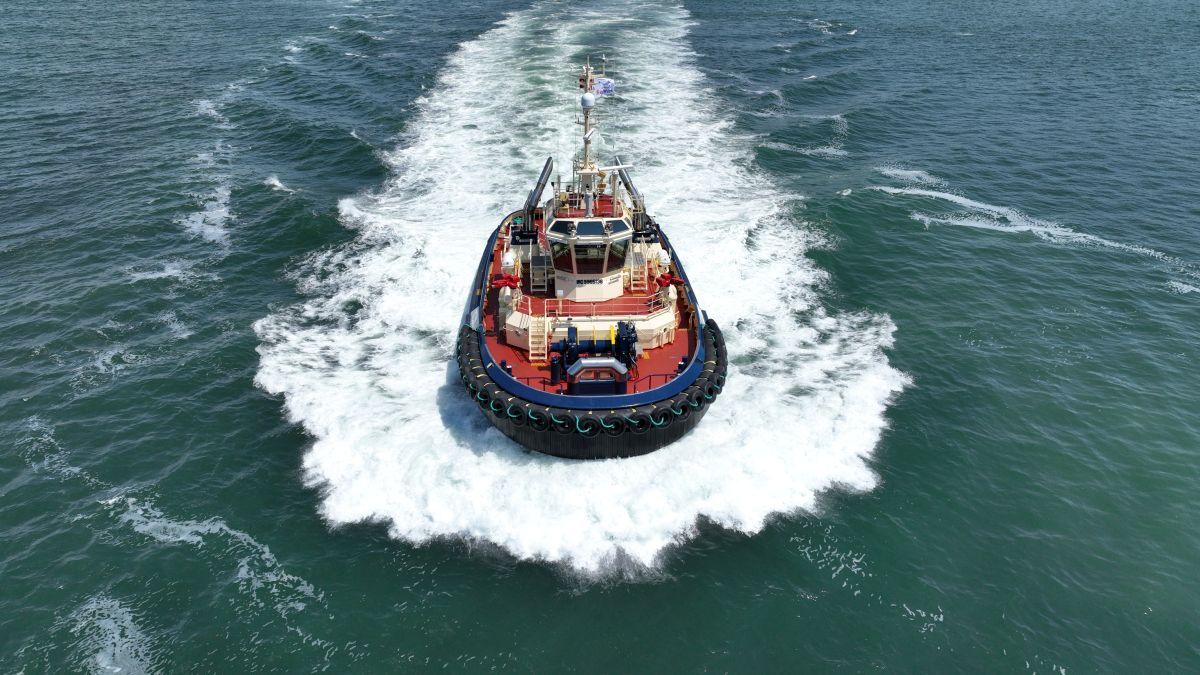
Algae and seaweed
Herman Senior is also venturing into using biofuels on at least one of its shallow-water tugboats, Damen-built Shoalbuster Barney. It plans to work with BioAqua Solutions to convert propulsion on this 2015-built tugboat to use a biofuel from sustainably produced algae as part of the owner’s commitment to environmental responsibility.
“Say farewell to traditional fuels,” says Herman Sr in a recent social media post. “By embracing algae power, we are not only reducing our carbon footprint but also setting a new standard for eco-friendly maritime works.” Barney is propelled by three Caterpillar-manufactured diesel engines driving three azimuth thrusters.
Bureau Veritas-classed Barney has a bollard pull of 30 tonnes, a four-point mooring system, accommodation for 12 crew members, anchor handling notation, a moonpool for survey work and a draught of just 1.8 m, enabling it to operate in shallow and tidal waters.
This 30-m tug was employed in a project off the north Kent coast of England during Q2 2024, where Barney supported a Van Oord barge installing a new water waste pipeline near Whitstable.
Offshore work involved dredging a channel from shore for a 1-km long pipeline, which was towed across the North Sea from Norway to the UK before being installed and then covered. This pipeline is required to extend waste from an upgraded sewage works between Whitstable and Herne Bay.
After completing this project at the start of July, Barney and Sleepdienst Gepke’s tugboat Gepke towed the barge to Hardinxveld, the Netherlands, as part of the project demobilisation.
In July, Barney towed Hapo’s crane pontoon Missing Link and visited the ports of Den Helder, Sliedrecht and Zeedoksluis in the Netherlands.
Herman Sr and Muller Dordrecht tugs were involved in the first phase of the North Sea Farm 1 project near the Hollandse Kust Zuid windfarm, in the Dutch sector.
These vessels worked for contractor Doggerland Offshore supporting installation of a structure for growing seaweed, in a project demonstrating a method of carbon sequestration and CO2 offsetting. For two days, two eco-anchors, 13-m piles and a 2-m thick nature restoration substrate were installed for the seaweed farm. The second phase, involving seeding and deployment, is scheduled to start in mid-October.
Overhaul and projects
In July, Muller Dordrecht overhauled the propulsion and deck equipment on its 2011-built azimuth stern drive tugboat En Avant 30 to prepare it for another 10 years of towage services. It removed and reinstalled two Schottel azimuth thrusters, maintained towing and anchor handling gear and changed light-emitting diodes in the accommodation. Afterwards, En Avant 30 and pushboat Zodiac towed GreenBarge 4 between ports in the Netherlands.
Also in July, Muller Dordrecht named new ASD tugboat, En Avant 26 at the Merwekade in Dordrecht. This was built by Damen to its ASD Tug 2811 design and delivered in Q2 2024. At the ceremony, Muller Dordrecht confirmed it has ordered another ASD tugboat from Damen for delivery in Q4 2025.
Seacontractors’ 2024-purchased deepsea towing tug Sea Seraya completed two projects in June and July, utilising its two Wärtsilä diesel-powered engines with a combined output of 5,440 kW.
This 2012-built tug with 120 tonnes of bollard pull towed newbuild offshore support vessel Hull 961 from Vard Shipyards facilities in Tulcea, Romania to Vard Søviknes in Norway. After this, Sea Seraya towed pontoon H-406 from Heerema’s facilities in Sloehaven, Vlissingen Oost, to Schiedam (both in the Netherlands) where the pontoon was loaded with topsides and a jacket for the One-Dyas N05-A gas platform development.
Neptune Marine’s tugboat fleet was busy in Q3 2024, transporting pontoons and barges around Europe. 2024-built, EuroCarrier 3314 Inne K pushed EuroPontoon NP577 to Hardinxveld-Giessendam, the Netherlands, and then sailed to Poland to pick up two barges. EuroTug, 2011-built Neptun Foxtrot towed EuroJack-up NP392 to the Baltic, returned to Rotterdam with an offshore barge and then towed multipurpose barge NP459 to a cable repair project in the UK.
Riviera’s TUGTECHNOLOGY ‘25 will be held in Antwerp, 22-23 May 2025. Click here for more information on this industry-leading event.
Related to this Story
Events
Offshore Support Journal Conference, Americas 2025
LNG Shipping & Terminals Conference 2025
Vessel Optimisation Webinar Week
© 2024 Riviera Maritime Media Ltd.
